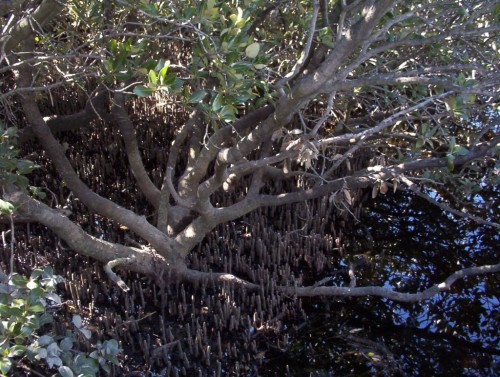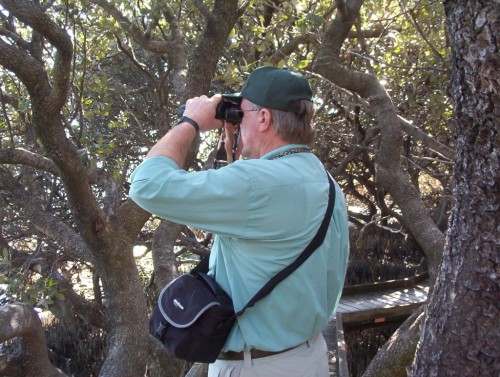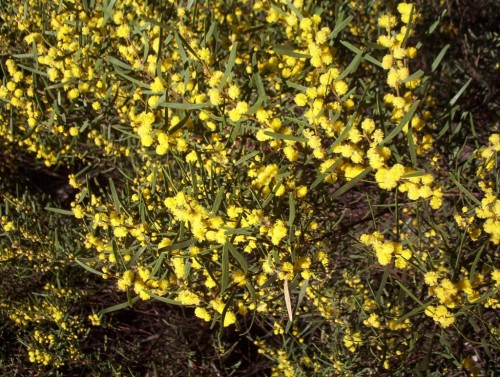Mangrove Boardwalk
Salisbury City Council manages the Mangrove Boardwalk at St Kilda, SA. There is a good interpretive centre well worth spending time in before embarking on the walk. The information is easy to read by children and there are some interactive displays.
See my husband’s travel blog for more on this unique area.
I did not know that Mangroves (in this case the Grey Mangrove) have a most interesting method of propagation. After fertilzation occurs in the flower, the seed develops in the fruit. When ready to be shed, the ‘seed’ is actually a fully formed ‘seedling’ which will send down a root into the mud. The leaves are already formed. Apparently many are washed out to sea with the out going tides.
In order for the plant to get oxygen, the roots grow vertically from the mud. Some old trees send roots out from trunk and branches. One of the signs made the comment that some of the old trees in the Mangrove forest were probably there when Colonel William Light sailed past at the beginning of colonisation in South Australia.
The walking trail has been designed for wheel chairs and walkers. A small gopher would probably negotiate the trail well also.
St Kilda SA, Mangrove Area
We found ourselves not far from St Kilda, off Port Wakefield Rd. north of Adelaide today. Decided to have the full day off after losing the morning, so continued on to St Kilda. We had heard of the Mangrove Board Walk years ago and never got there. It is great. There is plenty in the vicinity for children to do.
There were children dressed up as pirates storming the ramparts and manning the ‘old wreck’ (maybe fans of ‘Pirates of the Carribean’!) Teenagers and young adults had fun on the big slide and flying fox. There is a nice grassed picnic area, lots of safe places for fishing and of course the board walk. We enjoyed late morning tea there and later, lunch. I always pack a thermos and food when we do things like this. It is much more interesting looking at plants and birds whilst having a cuppa than the four walls of a shop.
This is quite an exposed area of Gulf St. Vincent and plants must withstand the blast of salt winds. One of the toughest plants, obviously planted some time ago, is the old man salt bush, Atriplex nummularifolia. There are new plantings of other species that have been protected by a shade cloth wind break while the plants were small. They are now up above the fence and looking good.
Acacia wilhelmmiana
ITWhiz Son is messing around with the layout of my blog. I like the photo grouping across the top but may get him to put a couple of different ones on that better reflect the types of plants that I like to propagate.
The warm wind today will finish off the wattles here I think. Acacia notabilis (Notable Wattle) had a few isolated golden balls as opposed to the masses of flowers in previous years. Acacia wilhelmiana was looking quite good but is going ‘off’ now.
This grows along the roadsides here. They are a wide shrub, perhaps 3-4m by about 2m tall. They create a hedge like effect and would be great for that hedge or screening effect, especially in wind break plantings. As always, drought tolerant, frost hardy and lime tolerant.
Many people complain that wattles cause allergic reactions etc yet it is denied that these are the culprits. Many grasses cause hayfever and most flower when the wattles are also in flower.
I love the cheery colours as they begin flowering when it is still dull and grey here.





